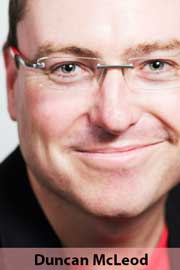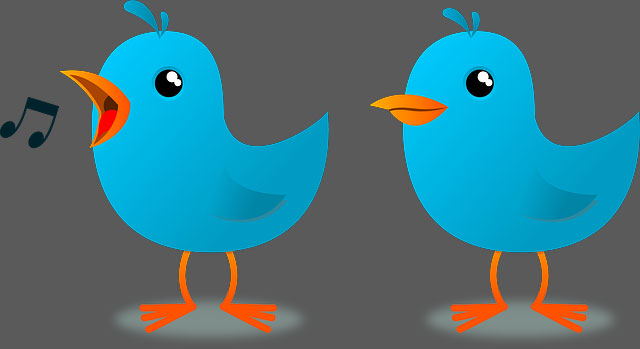 It’s been nine years since Jack Dorsey sketched out with pen and paper the idea for a group SMS service, an idea that would go on to become Twitter. It’s no exaggeration that the social network has changed the way that people around the world — including millions of South Africans — consume and share news and other information.
It’s been nine years since Jack Dorsey sketched out with pen and paper the idea for a group SMS service, an idea that would go on to become Twitter. It’s no exaggeration that the social network has changed the way that people around the world — including millions of South Africans — consume and share news and other information.
More than anything else, Twitter has become a global platform for sharing ideas, be it breaking news, or the latest gossip from celebrities. Journalists use it to report the news in real time, before it even goes into their publications. Celebrities and politicians, even presidents, use it to share their views – sometimes to their detriment. And many consumer-facing brands employ it to great effect as a customer service and marketing tool. Most importantly, it’s become a platform for free speech around the world.
But despite its apparent success — in May 2015, it had over 300m active users — Twitter’s future is far from secured. The company, which was listed on the Nasdaq stock exchange in November 2014, has seen its share price drift while rival Facebook’s has shot higher on investor optimism. On its first day of trading, Twitter closed at US$44,90/share, giving it a market value of $31bn. This week, its market capitalisation was more than 25% below that level, at $22,8bn, as investors fret about its business model. Facebook, with 1,5bn monthly active users, is worth 10 times as much.
Some say that Twitter’s biggest selling point — its brief messages, limited to 140 characters — could also be its biggest fault. While Facebook and other social networks allow their users to share their thoughts in great (often excruciating) detail, Twitter encourages brevity. It forces people to craft their messages carefully. But this also limits expression and creativity. And some analysts believe this could be turning users away. Indeed, a billion users who have tried Twitter have never returned.
The University of Western Australia’s David Glance, a columnist on The Conversation, pointed out this week, that although Twitter’s community of 300m active users might sound impressive, it is actually behind LinkedIn, Instagram (owned by Facebook) and even Google+.
Advertising — the main way Twitter makes money — also seems more intrusive than on other social networks. Many users are turned off when they see distracting sponsored tweets in their timelines, but without this source of revenue, Twitter is dead in the water. In his column, Glance wrote that Twitter has no choice but to cut down dramatically on its expenses, which are running ahead of revenue growth. “Doing that, while implementing transformational change, is going to be extraordinarily hard, if not impossible.”

It’s perhaps proved too much for Dick Costolo, Twitter’s CEO of the past five years, who announced this week that he will step down at the end of the month, with co-founder Dorsey — who also heads smartphone payments start-up Square — taking the reins until a full-time replacement is found.
Dorsey is an interesting choice, given that he was previously ousted from the company by fellow co-founder Ev Williams (who is still on Twitter’s board). Dorsey will continue running Square as CEO, splitting his duties between the two companies. There are worries he is spreading himself too thin. It’s not clear if he fancies the idea of returning as permanent CEO. Talk in Silicon Valley is that he wants the job full time; the “interim” moniker could be short-lived.
But it won’t be an easy ride for Dorsey. Figuring out how Twitter makes money will require a fundamental rethink of how the social network functions and what it’s business model is. Few analysts agree on what it needs to do. What there is consensus on is that things have to change. Does that mean abandoning the 140-character limit and becoming more like Facebook? Or does it mean Twitter exploring opportunities to become more of a media company? No one knows. But the Twitter of a few years from now will no doubt look very different to the Twitter users know today.
- Duncan McLeod is editor of TechCentral. Find him on Twitter
- This column was first published in the Sunday Times




